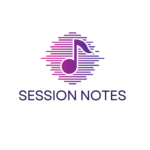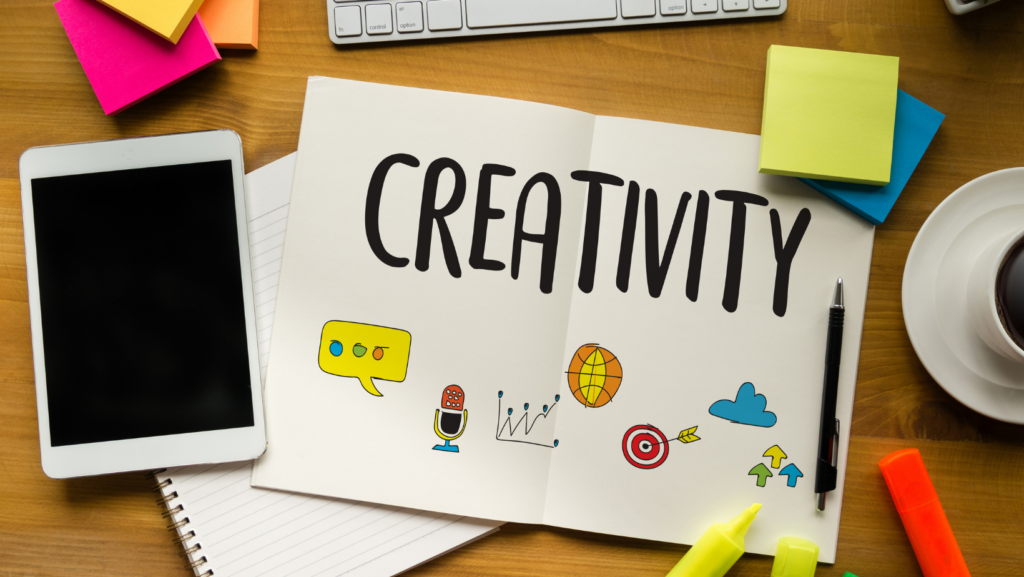Unleashing one’s creativity isn’t just a burst of inspiration; it’s a systematic process that can be nurtured and developed. This article delves into the fascinating world of the creative process, shedding light on how ideas evolve from mere thoughts into tangible products.
Whether you’re an artist, a writer, an entrepreneur, or simply someone who’s curious about the workings of the creative mind, understanding the creative process can enhance your ability to innovate and problem-solve. Stay tuned as we unpack the stages of this intriguing process, and reveal how you can harness it to fuel your own creativity.
What is the Creative Process

The creative process primarily revolves around two core aspects: generation and evaluation. Generation is the part of the process where one produces several unique and innovative ideas. For instance, in a brainstorming session, team members might generate various ideas for a new marketing campaign. Evaluation, on the other hand, involves scrutiny of these ideas to identify their feasibility and potential value, often resulting in the refinement or elimination of some ideas. A marketer, for instance, might evaluate the generated ideas based on audience appeal, budget, and projected impact, deciding on the most promising one to implement. Understanding and leveraging these two aspects can greatly enhance one’s mastery over what is the creative process, fostering innovation, and facilitating problem-solving.
Key Models of the Creative Process
Understanding key models of the creative process assists individuals in fostering innovation and maximizing problem-solving capabilities. Two prominent models provide especially noteworthy insights: Wallas’ Model of Creative Thought and the Creative Problem Solving Model.
Wallas’ Model of Creative Thought
Wallas’ Model breaks down what is the creative process into four stages: Preparation, Incubation, Illumination, and Verification. In the Preparation stage, the individual gathers information, often immersing themselves in the problem, working the problem in their mind. Incubation then occurs, characterized as a period of rest allowing for subconscious processing. Illumination marks the moment of insight or discovery. Lastly, the Verification stage involves testing and validating the solution for its feasibility.
The Creative Problem Solving Model

The Creative Problem Solving Model, often abbreviated as CPS, takes the creative process a step further by incorporating steps that foster collaborative problem-solving. CPS introduces a dynamic process with seven steps: Identify the Goal, Gather Data, Clarify the Problem, Generate Ideas, Select and Strengthen Solutions, Plan for Action, and, finally, Implement the Solution.
How to Enhance Your Creative Process
Taking mastery over creativity revolves around strategic approaches, cumulative knowledge, and honing skills pertinent to the creative process. The article highlights the importance of these aspects and outlines methods to foster creativity, stimulate ideation, and overcome creative blocks.
Cultivating Creativity
Cultivating creativity involves nurturing an openness to new experiences, developing curiosity, and fostering the courage to explore unfamiliar terrains. Strategically, it’s essential to establish regular habits that stimulate creativity. This means setting aside designated times for creative pursuits, embracing brainstorming sessions, and regularly seeking out fresh stimuli such as new environments, people, or hobbies to maintain an influx of diverse ideas. Intellectual capacity serves as the backbone of creativity; self-improvement through lifelong learning and skills development can significantly enhance it.
Encouraging Ideation and Brainstorming

Ideation and brainstorming form the foundation of what is the creative process. To promote these practices, creating a safe, judgement-free environment that encourages free idea generation is paramount. Employ techniques such as mind mapping or SWOT analysis to ensure a comprehensive exploration of ideas. Collaboration can broaden the brainstorming process, drawing from diverse perspectives to enrich the pool of ideas. Utilise digital tools for brainstorming to facilitate remote collaboration, documenting ideas, and tracking thought processes.
Overcoming Creative Blocks
Creative blocks can hinder the flow of what is the creative process. Overcoming these barriers requires both intrinsic strategies and an understanding of external influences. Techniques that can mitigate creative blocks include exposing oneself to new experiences and cultures, taking regular breaks to avoid burnout, and practising mindfulness to maintain mental clarity. When encountering a block, drawing on past experiences and learning can awaken dormant ideas or help pivot existing ones. Embracing a growth mindset can reframe failures as learning opportunities, fueling resilience and the courage to pursue unconventional ideas.



